There's a pretty broad consensus in the classical Christian tradition around the three essential steps or stages of prayer. I repeatedly return to the classical tradition for the same reason many of us return to Mozart or Bach, the Beatles, Rolling Stones, and U2. These artists are classic because they've proven themselves over time.
So too with the historic prayer tradition. That it's old doesn't make the ancient teaching valuable---there's plenty that's old, but worthless. It's valuable precisely because it's proven to be true over the ages. That is, those who've awakened to the spiritual life have found the teaching not only consistent with their experience, but competent to guide them on the path.
Okay, for those interested in digging around in the dust a bit, here's a list of just a few of the old ones who essentially agree: St. Dionysius, Evagrius, Maximus the Confessor, Nikitos Stithatos, and St. Isaac the Syrian. They speak of the stages or steps of prayer with several different terms such as "the purgative," "the illuminative," "the mystical" (Dionysius), or the "carnal," "psychic," and "spiritual" (St. Isaac).
For our ears today, I'll identify the steps in the Prayer of the Heart, the practice of the Jesus Prayer, in this way:
1. Letting go
2. Becoming aware
3. Resting
There's little new in what I'll show you. It's old as dust. But it's a tested path for all who seek a deep and continual experience of intimacy with God---who want to pray in such a way that they live with a nearly continuous sense of the Holy no matter what they're doing or where they are.
More on each of these stages or steps to come . . .
